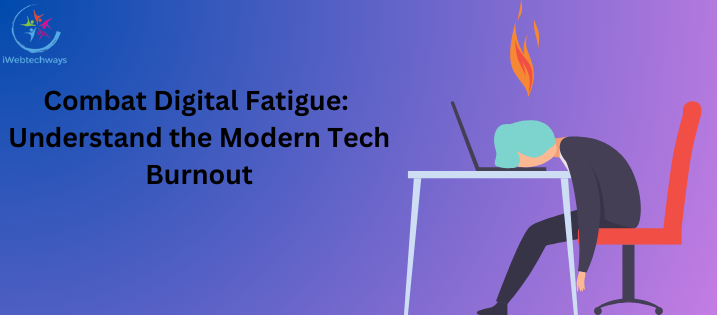Artificial intelligence (AI) has become an increasingly popular buzzword in recent years, and for good reason. AI is transforming the way we live and work, and its capabilities are expanding rapidly. In this article, we’ll explore some of the key capabilities of AI and how they are being applied in various industries.

Machine Learning and Pattern Recognition
One of the most powerful capabilities of AI is its ability to analyze large amounts of data and identify patterns that would be difficult or impossible for humans to detect. This is achieved through machine learning, a technique in which AI algorithms learn from data inputs and adjust their outputs accordingly.
In healthcare, AI is being used to analyze medical images and identify early signs of diseases such as cancer. By analyzing large amounts of data, AI algorithms can detect patterns that may be indicative of cancerous cells or tumors. This allows doctors to catch the disease earlier and provide more effective treatment.
In finance, AI is being used to analyze market trends and identify potential investment opportunities. By analyzing large amounts of financial data, AI algorithms can identify patterns that may be indicative of future market movements. This allows investors to make more informed decisions and potentially achieve higher returns on their investments.
Natural Language Processing (NLP)
Another powerful capability of AI is its ability to analyze and understand human language. This is achieved through natural language processing (NLP), a branch of AI that focuses on the interaction between humans and computers.
NLP is being used extensively in customer service and chatbots. By analyzing customer inquiries, NLP-powered chatbots can provide personalized responses and help customers resolve issues quickly and efficiently. This improves customer satisfaction and reduces the workload on customer service representatives.
NLP is also being used in sentiment analysis, a technique in which AI algorithms analyze social media posts and other text-based sources to determine the sentiment of the author. This can be useful for businesses that want to gauge public opinion about their products or services.
Robotics and Automation
AI-powered robots are becoming increasingly common in industries such as manufacturing, logistics, and transportation. These robots can perform complex tasks with precision and speed, making them useful for tasks that would be difficult or impossible for humans to perform.
For example, in manufacturing, AI-powered robots can assemble products quickly and efficiently, reducing production costs and improving quality control. In logistics, AI-powered robots can sort and pack items for shipping, reducing the workload on human workers and improving efficiency.
AI-powered automation is also being used to improve efficiency in various business processes, such as customer service, accounting, and data entry. By automating repetitive tasks, businesses can free up their human workers to focus on more complex and creative tasks.
Predictive Analytics
By analyzing historical data, AI algorithms can predict future trends and behaviors. This is known as predictive analytics, and it is being used in a variety of industries to improve decision-making.
For example, in finance, AI-powered predictive analytics can be used to forecast sales, anticipate equipment failures, and identify potential fraud. By analyzing large amounts of data, AI algorithms can identify patterns and anomalies that may be indicative of future events.
In healthcare, AI-powered predictive analytics can be used to identify patients who are at high risk of developing certain diseases. By analyzing medical records and other data, AI algorithms can identify patterns that may be indicative of future health problems. This allows doctors to provide early intervention and potentially prevent serious health problems from developing.
Creative Tasks
AI is also being used to perform creative tasks such as music, art, and writing. These systems use techniques such as deep learning and neural networks to produce original content that can be used in a variety of industries.
For example, in marketing, AI-powered systems can generate ad copy and creative content that is tailored to individual customers. By analyzing customer data, these systems can create personalized ads that are more likely to resonate with the target audience.
AI is also being used in the entertainment industry, where it is being used to generate music and artwork. AI-powered systems can analyze existing content and use that information to create original music and art that is similar in style and tone.
Limitations of AI
While the capabilities of AI are impressive, there are limitations to what it can do. One major limitation is its reliance on data inputs. AI algorithms can only learn from the data they are given, which means that they may miss important insights if the data is incomplete or biased.
AI also lacks the human touch, which can be important in certain industries. For example, in healthcare, AI-powered systems can help diagnose diseases and recommend treatments, but they may lack the empathy and personal touch that a human doctor can provide.
Another limitation is the potential for AI to perpetuate biases and inequalities. If the data used to train AI algorithms is biased, the algorithms themselves will be biased. This can result in unfair outcomes in industries such as hiring and lending.
Conclusion
AI is a powerful technology that is transforming the way we live and work. Its capabilities in machine learning, natural language processing, robotics and automation, predictive analytics, and creative tasks are already having a significant impact on various industries.
However, it is important to be aware of the limitations of AI and to use it responsibly. By doing so, we can harness its power to improve our lives and create a better future for all.










